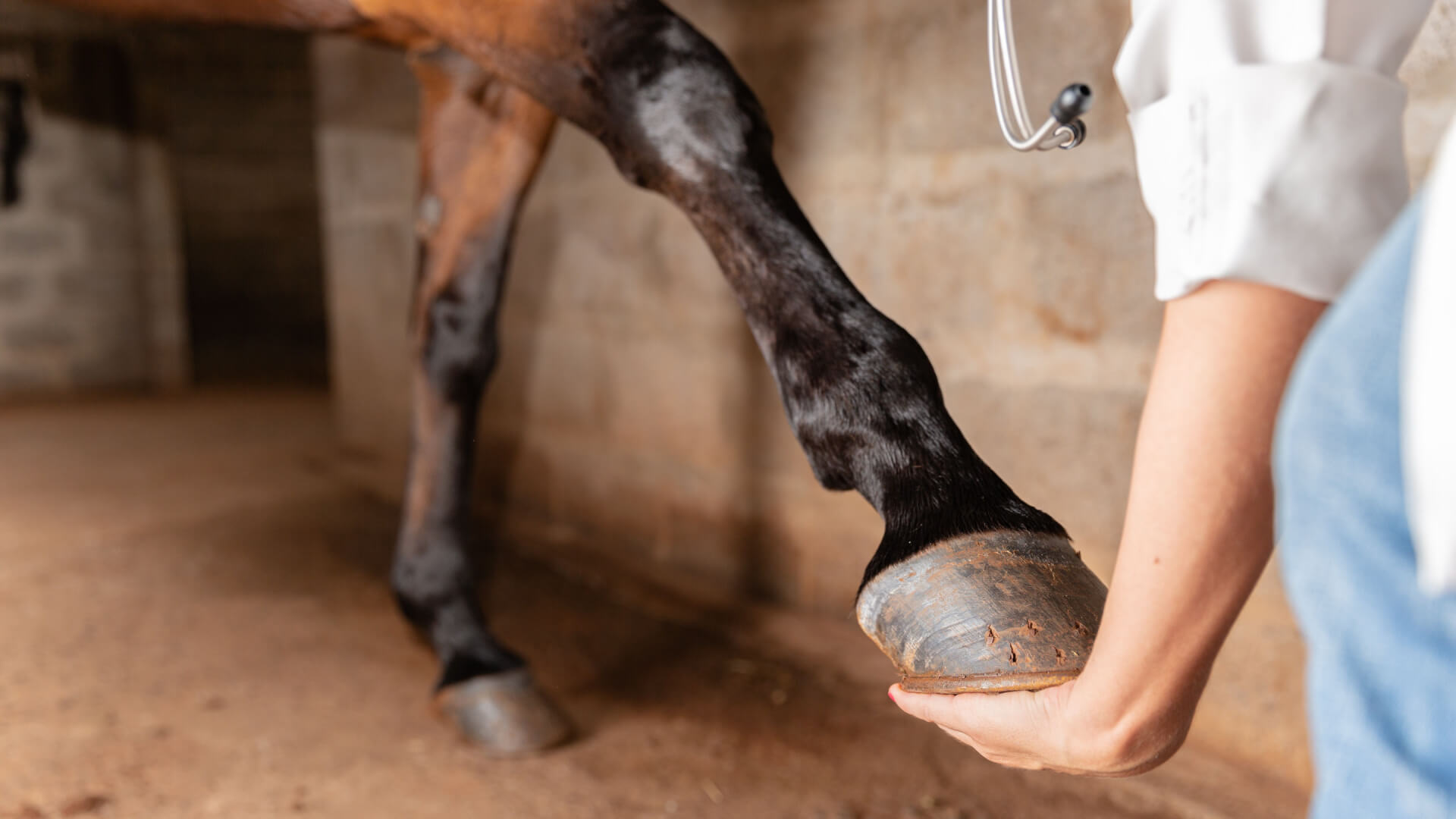June 25, 2023
Hoof injuries can be a serious concern for horses. They can range from minor cuts and bruises to severe fractures that can cause permanent lameness. There are numerous factors that can lead to any number of common hoof injuries so you must always be vigilant. Some of these factors include environmental conditions and poor shoeing.
Hoof injuries are so incredibly important because they provide support and balance for the animal’s entire body. Any injury to the hoof can result in pain, discomfort, and decreased mobility for the horse. It is crucial for horse owners to be aware of the signs and symptoms of hoof injuries and to seek prompt veterinary care if an injury is suspected.
The Structure of a Horse’s Hoof
The hoof’s structure plays a significant role in the animal’s overall health and well-being. A horse’s hoof is made up of several layers of tissue, each with a specific function. Understanding the structure of a horse’s hoof is essential for maintaining the animal’s health and ensuring its longevity.
#1. Hoof Wall
The outermost layer of the hoof is the hoof wall. This layer is made up of a hard, keratinized material that provides protection to the sensitive inner structures of the hoof. The hoof wall is thicker at the toe and thinner at the heel, and it grows from the coronary band. The coronary band is the area of skin at the top of the hoof.
#2. Laminae
Beneath the hoof wall is the laminae, a delicate and intricate network of tissue that connects the hoof wall to the coffin bone. The laminae acts as a shock absorber, cushioning the horse’s foot and helping to distribute weight evenly across the hoof. The laminae also provides a network of blood vessels that deliver oxygen and nutrients to the sensitive tissues of the hoof.
#3. Sole
The third layer of the hoof is the sole. The sole is a tough, thick layer of tissue that provides protection and support to the inner structures of the hoof. The sole is concave, which helps to absorb shock and distribute weight evenly across the hoof.
#4. Frog
Beneath the sole is the frog, a V-shaped pad of tissue that extends from the heel to the middle of the hoof. The frog helps to absorb shock and provides traction when the horse is walking or running. The frog also contains sensitive tissue that helps to regulate blood flow to the hoof.
#5. Coffin Bone
At the center of the hoof is the coffin bone, also known as the pedal bone. The coffin bone is a small, triangular bone suspended within the hoof capsule by the laminae. The coffin bone provides support to the horse’s weight and helps to absorb shock when the animal is in motion.
#6. Ligaments and Tendons
Finally, the hoof is supported by a network of ligaments and tendons that attach to the coffin bone and other structures of the leg. These ligaments and tendons help to support the horse’s weight and provide stability and balance when the animal is in motion.
Common Types of Hoof Injuries
While there are many common types of hoof injuries that can take place, some are more common than others. Common hoof injuries include:
- Cuts and puncture wounds: These injuries can occur when a horse steps on a sharp object or is kicked by another animal. Cuts and puncture wounds can be minor or severe, depending on whether they lead to infection.
- Bruising: Bruising of the hoof can occur when a horse steps on a hard surface or when there is excessive pressure on the hoof. Bruising can be painful and can cause lameness if not treated promptly.
- Abscesses: An abscess is a pocket of infection that can develop within the hoof. Abscesses can cause severe pain and lameness and may require veterinary treatment to drain the infection.
- Laminitis: Laminitis is a condition that affects the sensitive tissues inside the hoof. It can be caused by a variety of factors, including excessive grain consumption, obesity, and hormonal imbalances. Laminitis can be a serious condition that requires immediate veterinary care.
- Fractures: Fractures of the hoof can occur when the horse experiences a traumatic injury. Fractures can be difficult to treat and may require surgical intervention.
Learn More About Injury Treatment from Gladiator Equine
Preventing hoof injuries is essential for the overall health and well-being of the horse. Proper hoof care – including regular trimming and shoeing – can help to prevent injuries. Horse owners should also provide their animals with appropriate footing and be aware of any hazards in the horse’s environment.
If a hoof injury occurs, prompt veterinary care is key. Treatment may include antibiotics, pain management, a hoof injury healing device, and in some cases, surgical intervention.
The groundbreaking technology within Gladiator Equine products can decrease the time needed for wound healing and complications from prolonged healing. To learn more about our patented equine products, contact Gladiator Equine today.
- Tags:
- common hoof injuries



